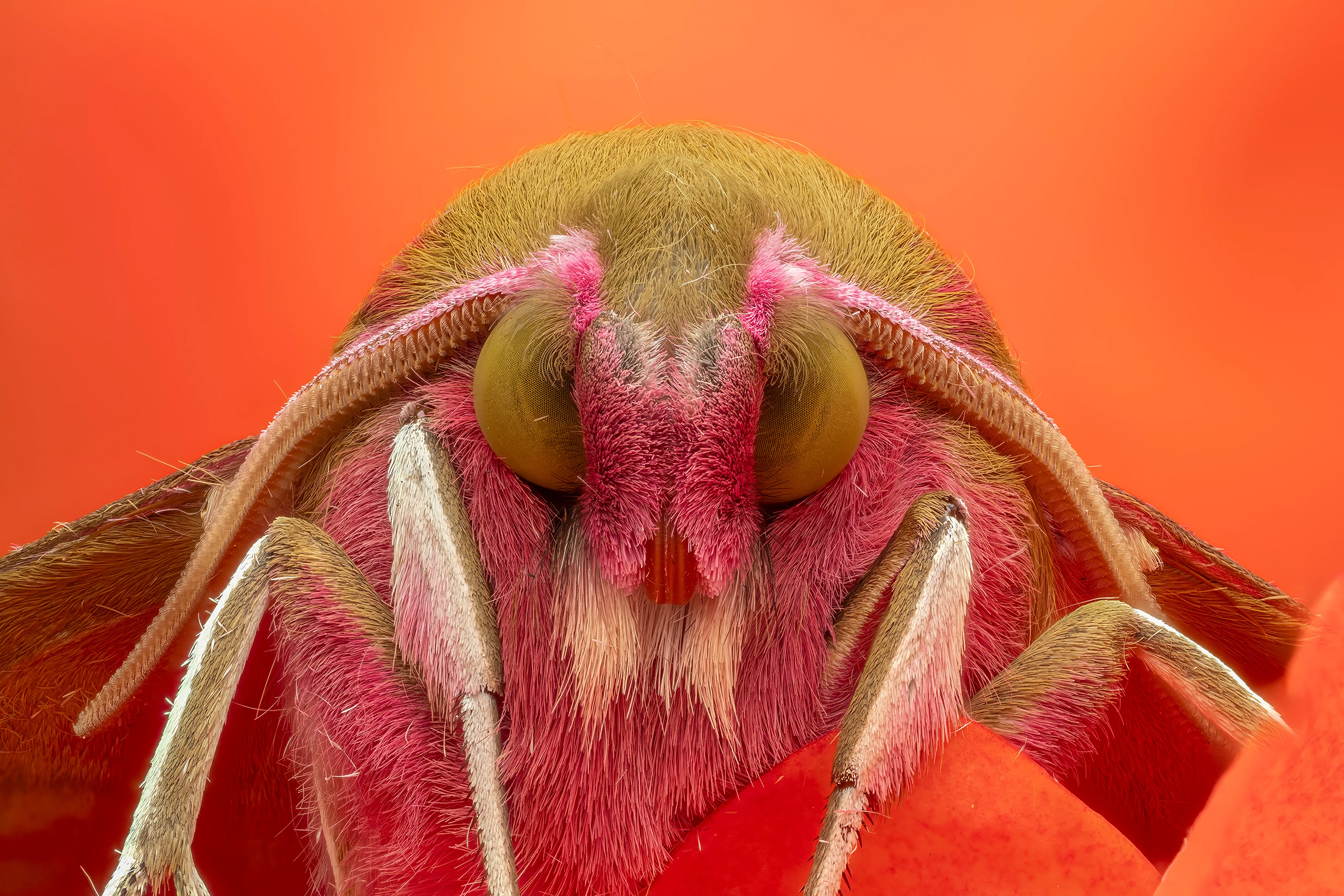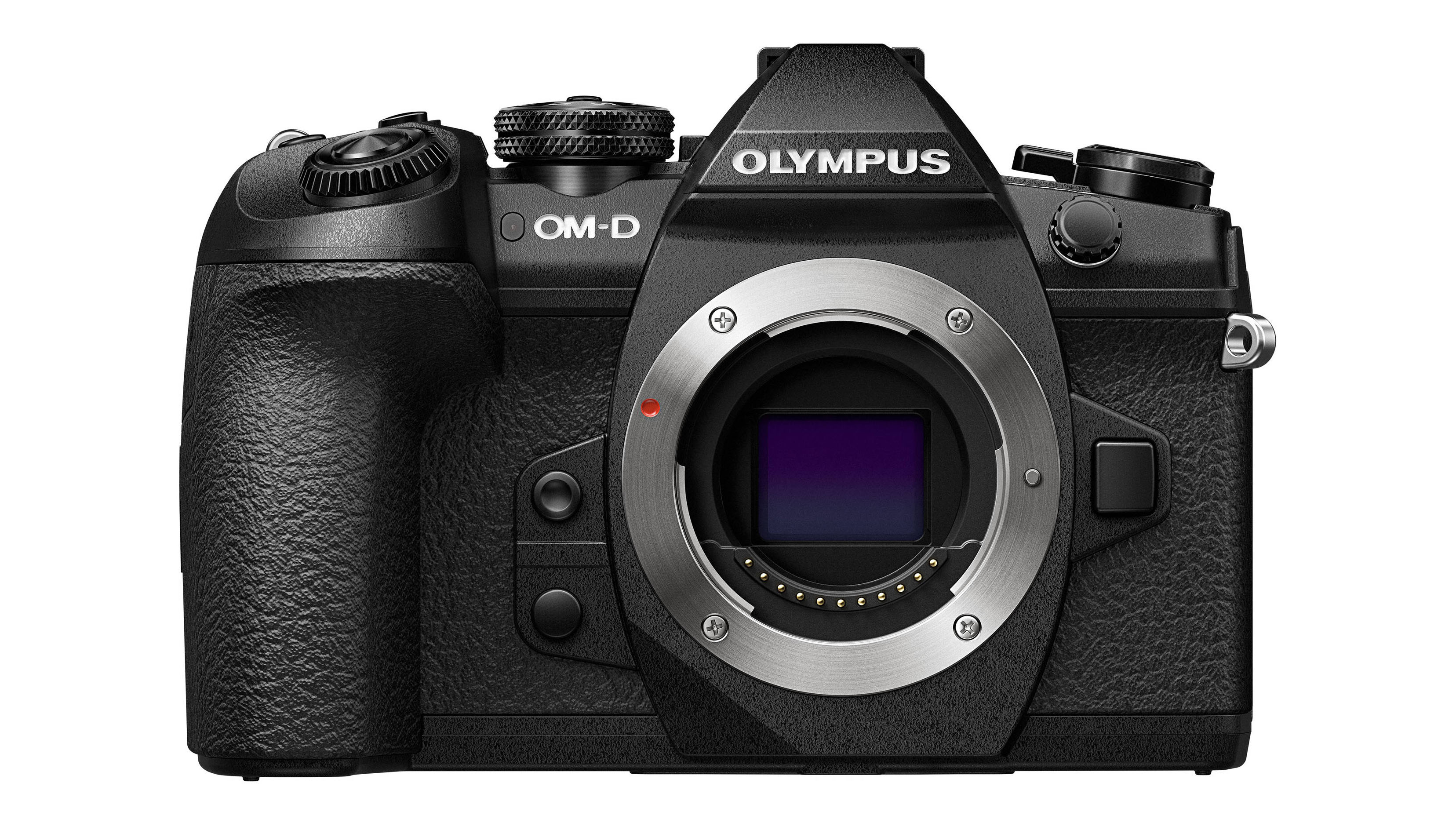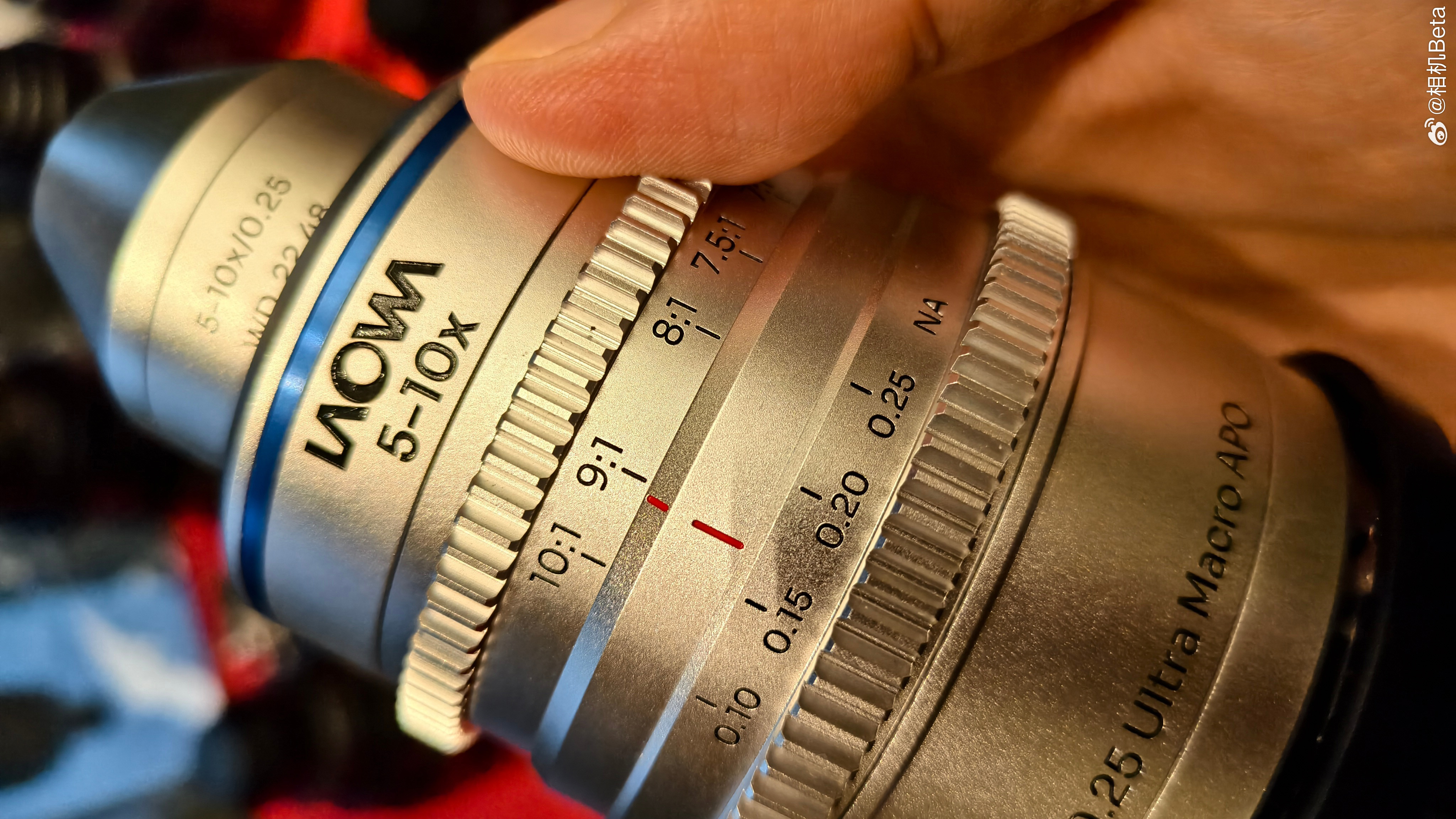This stunning macro shot was captured on an Olympus Micro Four Thirds camera – and recognized for its photographic excellence
Capturing every detail with 82 stacked shots, this macro image earned top recognition at the British Photography Awards 2025

The winners of the 2025 British Photography Awards (BPA) have been revealed. Established as a non-profit competition, the awards celebrate the very best of British photography, showcasing both emerging and established image-makers – whether UK-based (any nationality) or British photographers living abroad.
This year's shortlist featured 400 images, with 40 winners ultimately selected – 20 winners chosen by the judges and 20 People's Choice winners selected by the public.
Among the standout winners is wildlife photographer Adam Ferry from Surrey, who won the Macro category with his stunning image Pink Elephant – a close-up of an Elephant Hawk Moth perched on an orange rose, every scale and wing pattern rendered with extraordinary clarity.
He explains, "I am fortunate to have Elephant Hawk Moths living in my area, and sometimes they can get attracted to the lights in my garden."
Adam captured this image in his garden, using a Olympus OM-D E-M1 II Micro Four Thirds camera, paired with the OM System M. Zuiko ED 90mm f/3.5 Macro IS PRO lens, plus Godox V860 III flash with a Cygnustech diffuser.
For macro photography, the Micro Four Thirds (MFT) system is often considered ideal. Its smaller sensor size inherently provides a larger depth of field, making it easier to achieve a pin-sharp focus across tiny subjects – perfect for extreme close-ups like moth wings and flower petals.
While larger full-frame sensors offer superior low-light performance and dynamic range, the MFT system gives macro photographers an advantage in precision and composition.
The best camera deals, reviews, product advice, and unmissable photography news, direct to your inbox!
Adam says, "I found this particularly beautiful moth in my garden resting during the day, probably attracted to the lights or honeysuckle in my garden. As it was resting I was able to move it onto an Orange Rose to provide a vibrant background complimenting the brilliant pinks and greens of the moth.
"To get this level of detail I focus bracketed and stacked 82 shots."
You can view Adam's Pink Elephant and the other winning images through the British Photography Awards website – a great opportunity to explore the incredible range of British photography, from wildlife and landscape to street and portraiture.
You might like...
If you are into macro photography, check our guide to the best camera for macro photography and best macro lenses. We also have supporting tutorials like how to use natural lighting effects to introduce drama to your macro photography scenes, or 4 macro hacks for your camera, lens and phone.
Looking for competitions to enter? Here are 10 global photo contests now open for entries from November to January.

Kim is a photographer, editor and writer with work published internationally. She holds a Master's degree in Photography and Media and was formerly Technique Editor at Digital Photographer, focusing on the art and science of photography. Blending technical expertise with visual insight, Kim explores photography's time-honored yet ever-evolving role in culture. Through her features, tutorials, and gear reviews, she aims to encourage readers to explore the medium more deeply and embrace its full creative potential.
You must confirm your public display name before commenting
Please logout and then login again, you will then be prompted to enter your display name.

